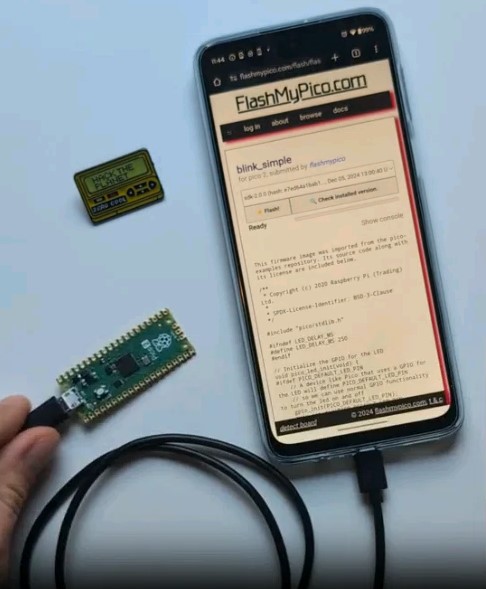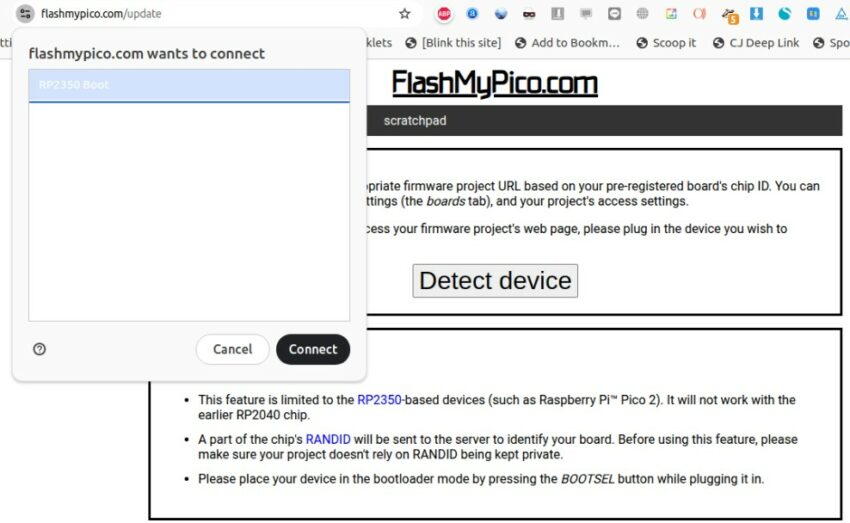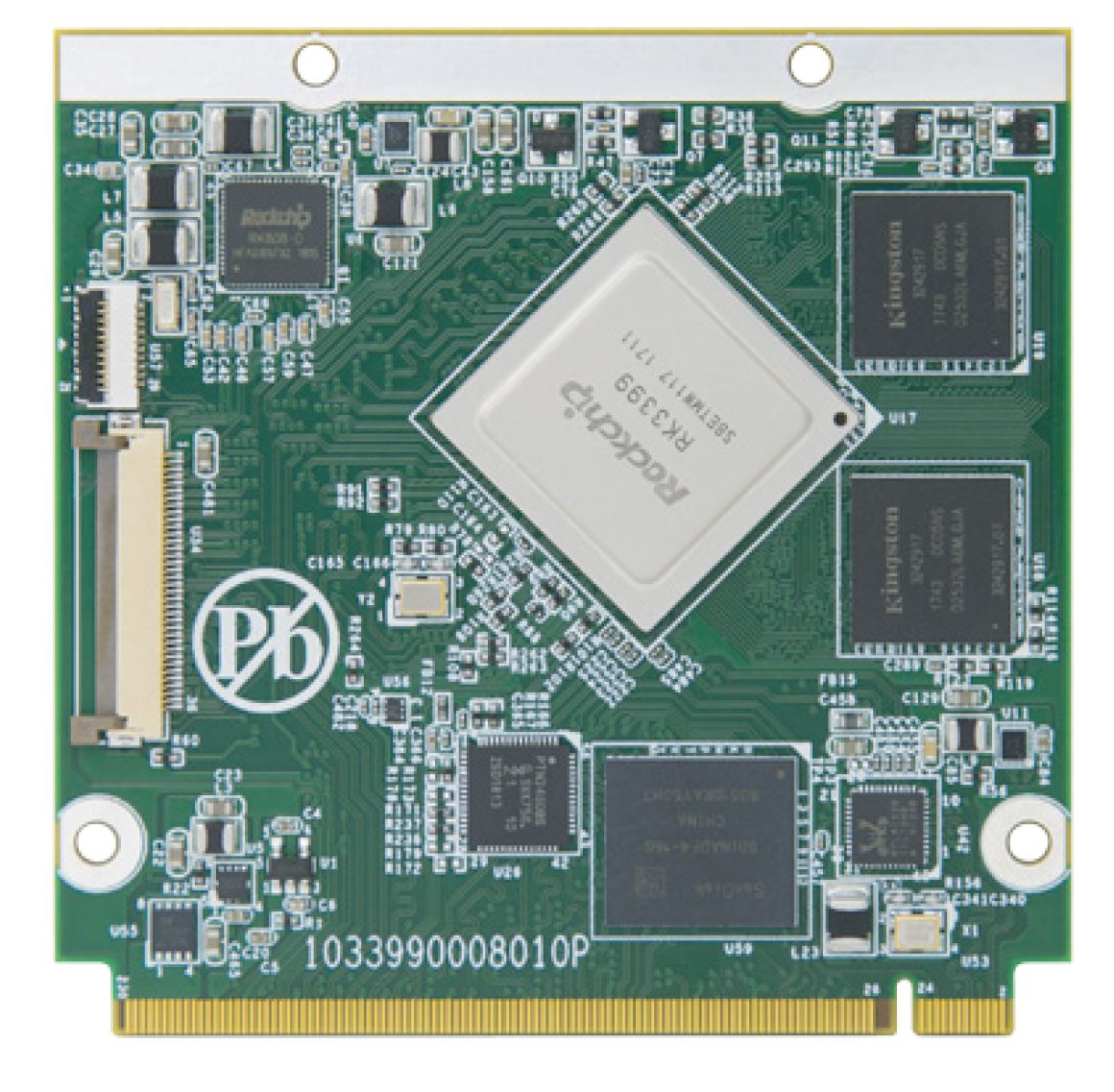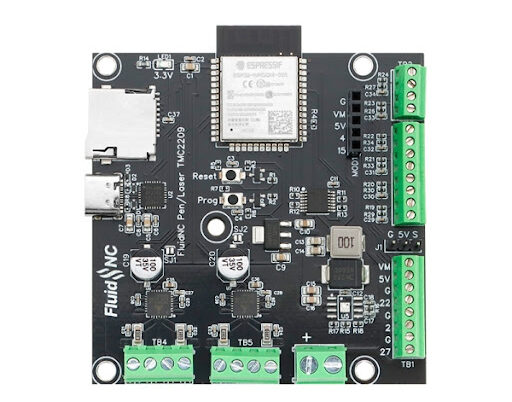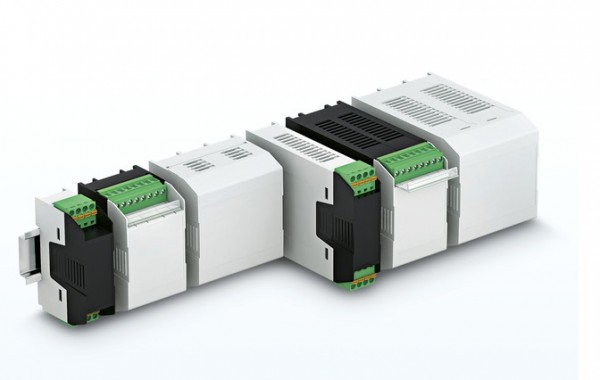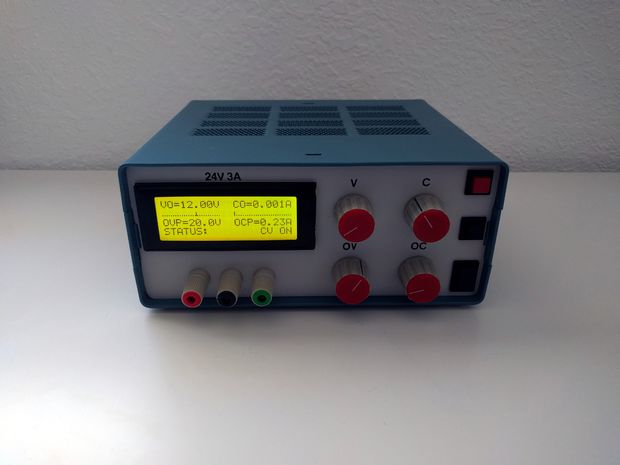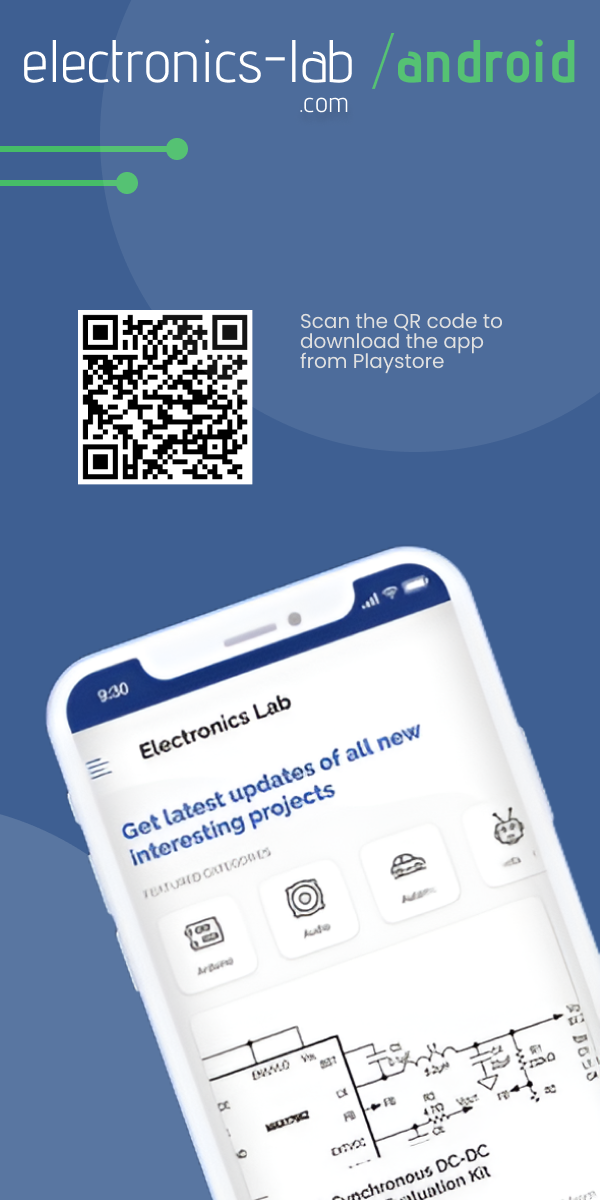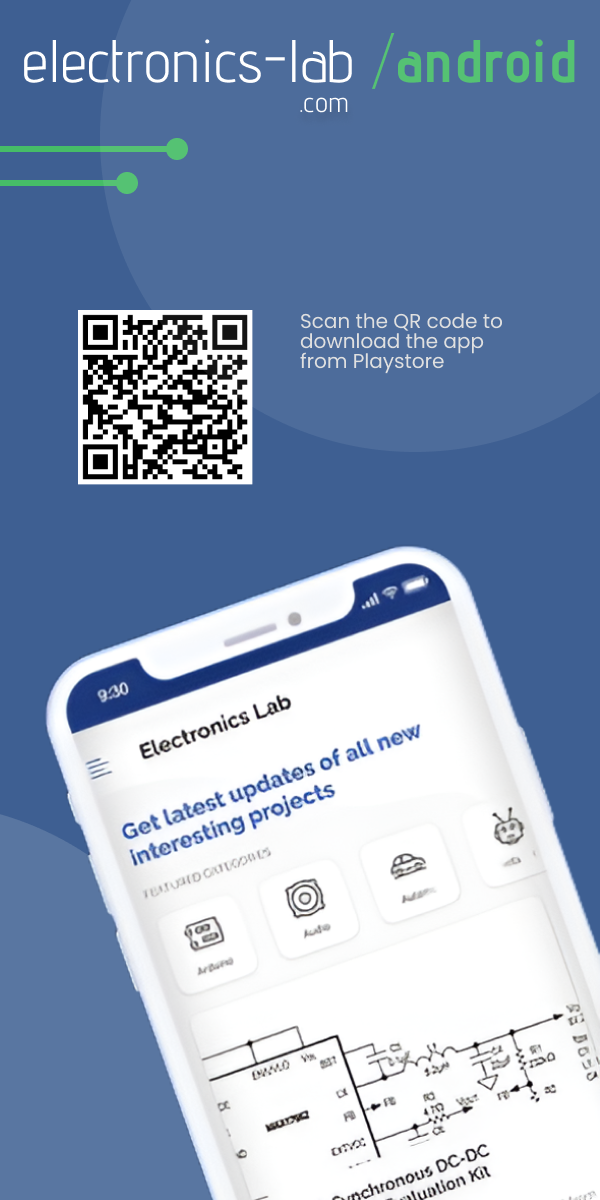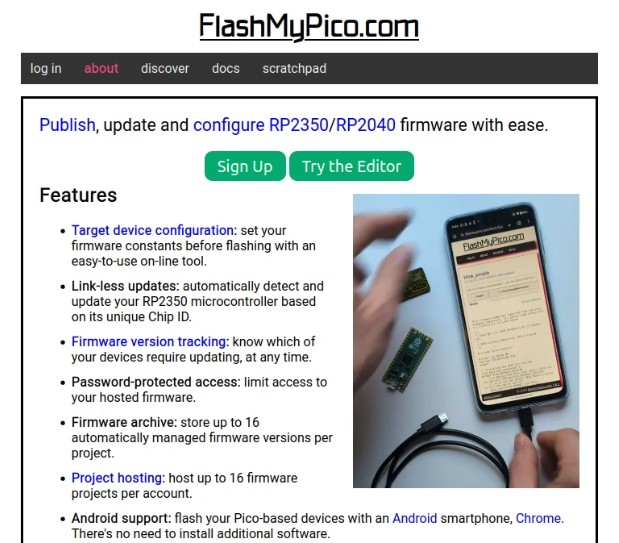
FlashMyPico: Web-Based Firmware Flashing for Raspberry Pi Pico & RP2350 Microcontrollers
FlashMyPico website works as an application programming interface, an easy-to-use online tool that allows easy integration with your existing build system. This website allows users to write C/C++ codes, build the firmware, and flash it to their Raspberry Pi Pico, Pico W, Pico 2, or Pico 2 W directly from a web browser instead of having to check out the code from GitHub, build it in a terminal, and then manually copy the resulting binary.
FlashMyPico website comes with Android support, thus allowing users to flash their Pico-based devices with an Android Smartphone. To meet the requirement, there’s no need to install additional software to match the device compatibility.
The first step is to head over to flashmypico.com from your computer or even an Android smartphone. The users will need a web browser that supports WebUSB, for example, Mozilla Firefox is not an option, and the users eventually have to use Google Chrome instead. FlashMyPico website comes with a unique feature of ‘Link-less updates’ thereby automatically detecting and updating the RP2350 microcontroller based on its unique Chip-ID since the RP2350-based devices support the boot signing feature workflow.
The test was conducted with a Raspberry Pi Pico 2 board, the integration picture of which can be seen above. Now the next step is to put the Pico 2 board into the bootloader mode for device detection and firmware flashing.
When it comes to device configuration and firmware flashing, FlashMyPico offers password-protected access for firmware hosting. This allows users to store up to 16 automatically managed firmware versions per project.
To flash the Raspberry Pi Pico 2 board from a web browser, users need to select the Blink project sample code. This opens a new window displaying the code along with three options: Flash, Check Version, and Copy & Edit. This process is simpler than setting up the Raspberry Pi Pico C/C++ SDK manually.
The project can be either public or private, if a password can be added. The solution also implements security features like two-factor authentication and audit logs, and boot signing is supported on RP2350 boards to meet the target device configuration requirements.
FlashMyPico is also listed on the Raspberry Pi’s product catalogue with which users can publish, update and configure RP2350/RP20240 firmware for free without even using their credit card. However, the free trial only lasts 14 days, after which the users will be charged $10 if they want to continue using the service.






